Sometimes I do not feel like writing so much. Fortunately, this is not a problem for me – all I have to do to come up with a valuable post is pull out a few of my photos, add a few snarky comments, and I am good to go.
The Varied Tit which I described in an earlier post is still in Shanghai, still in the same park.
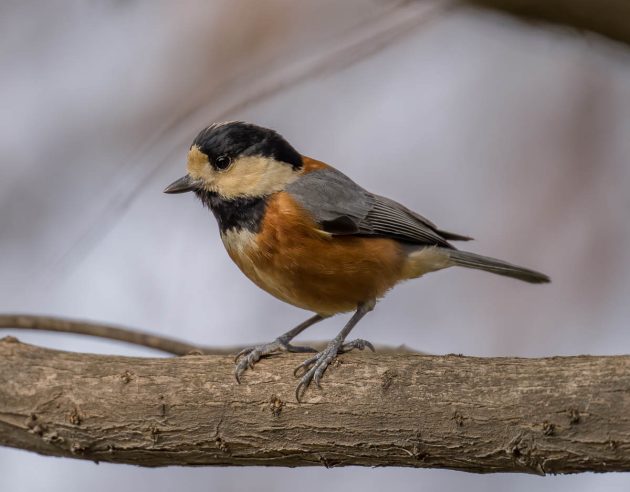
It has a good chance of becoming the most photographed Shanghai bird in the past few years.
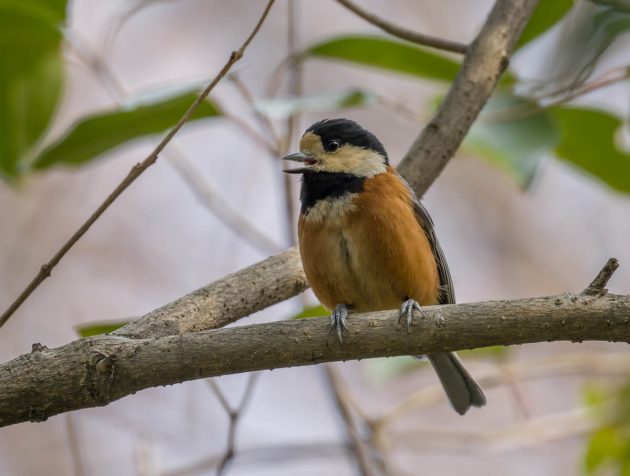
Not bad for a bird with a humble background – its parents did not even finish high school.
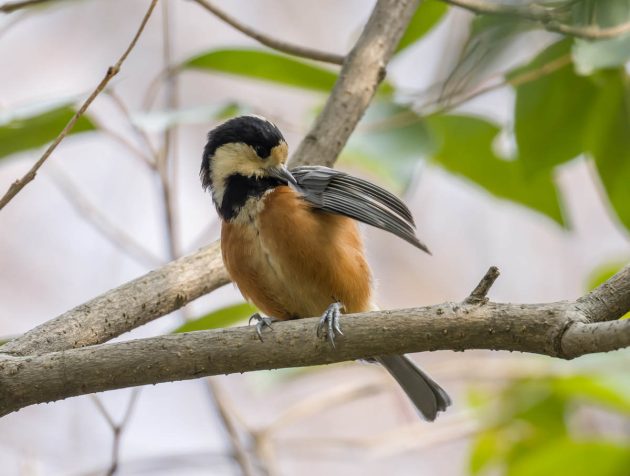
Recently, one Japanese Tit started its own OnlyFans channel after realizing how popular the search term is online – only to be disappointed by the low number of visitors who presumably expected something different.
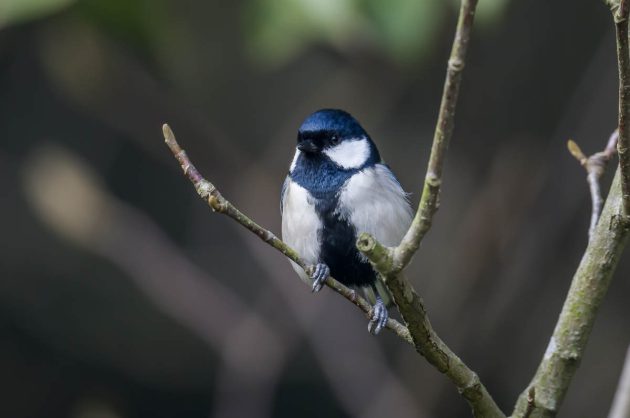
Apparently, male Yellow-bellied Tits can discriminate between the songs of neighbors and strangers, reacting more aggressively to the latter. (Grammarly always advises me to delete the word “apparently”, wanting me to sound more decisive and less vague, while I use the word exactly to achieve this effect).
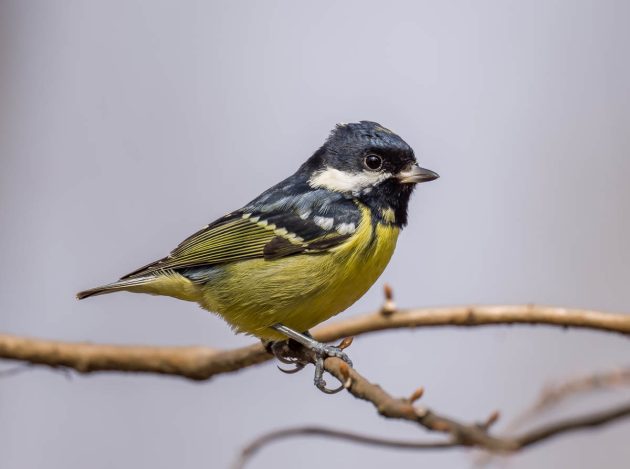
The scientific species name venustulus means lovely, charming. Right, unless you are a stranger attacked by a male conspecific.
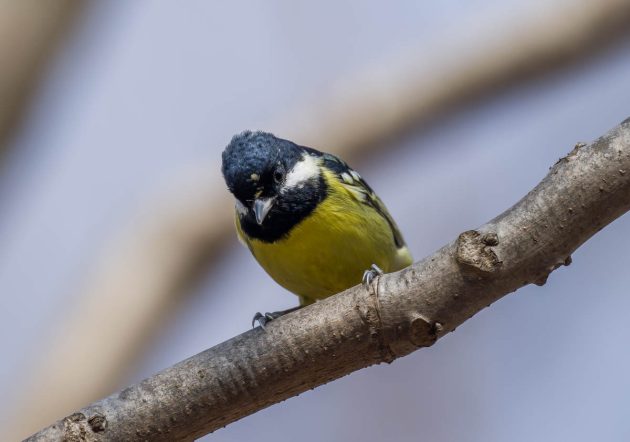
The Black-throated Bushtit seems to have a similarly good PR agent – its scientific name concinnus means “elegant, neat, pleasing”.
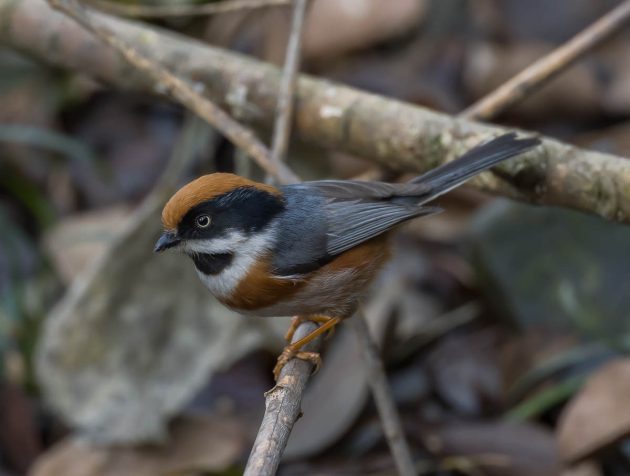
Mostly justified, I think, unless you look at a bird that has just taken a shower.
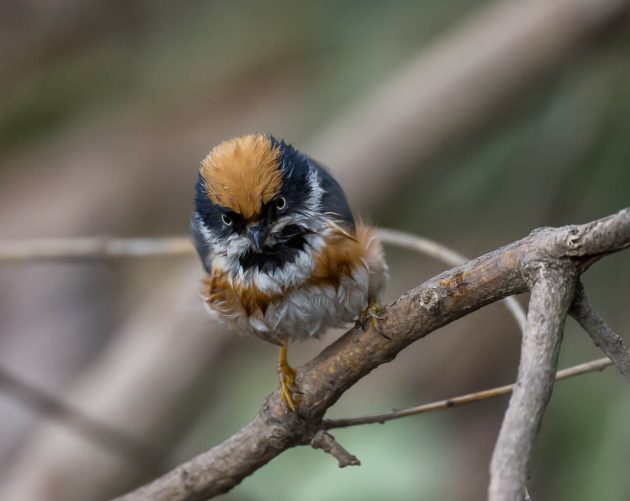
Silver-throated Bushtits have started nest-building in a park near my home. Despite the recent extensive media coverage of the housing glut in China, most bushtits still rely on building their own nest rather than renting or buying one. I can understand this quite well – if you were a bushtit, would you like to pay lots of money to a real estate developer, only to see that company go bust without ever delivering a nest to you?
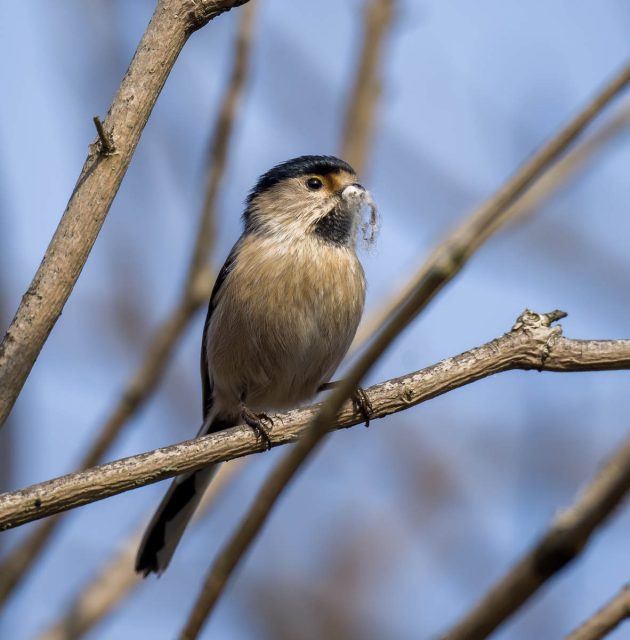
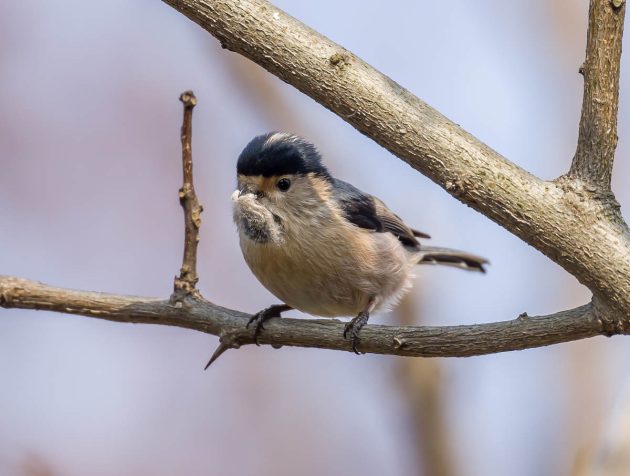
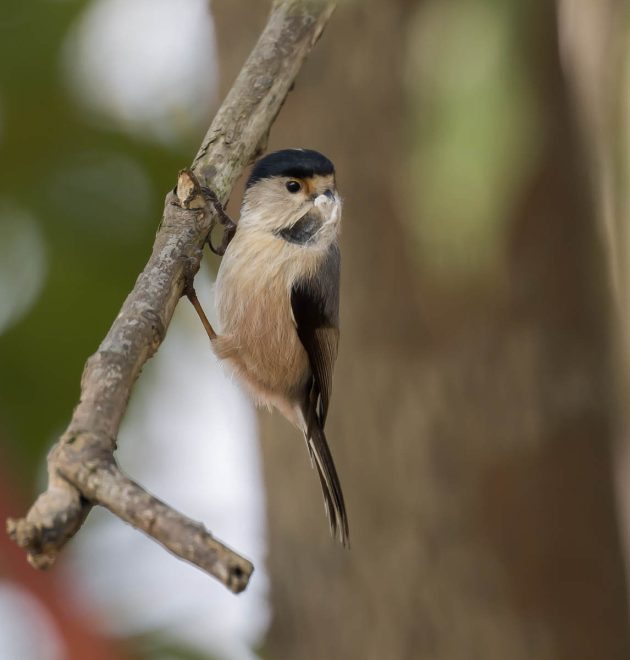
Other signs of spring approaching include Long-tailed Shrike couples chasing each other …
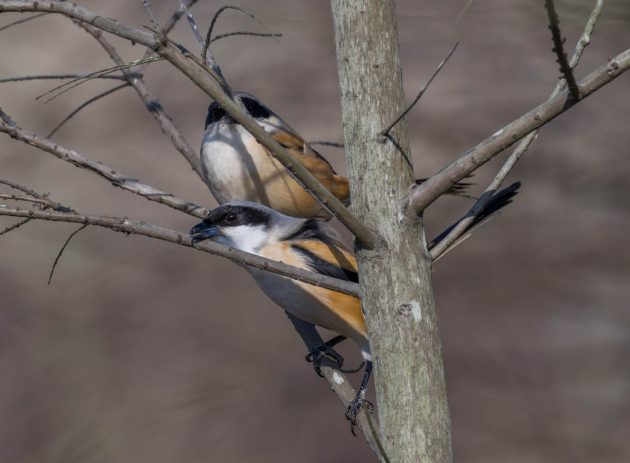
… and Oriental Turtle Doves sitting very closely together (though maybe they do that all year round).
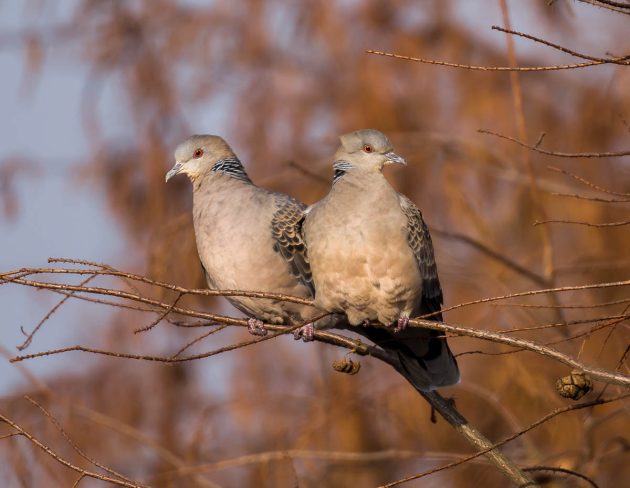
I am sure that if one showed non-birder a photo of a Black-crowned Night Heron and asked them about the bird’s color, most people would say blue. And yet, none of the online sources such as the HBW or eBird acknowledge this – they all call the relevant parts of the bird black. For example, eBird says that “adults [are] overall pale grayish with black cap and back”.
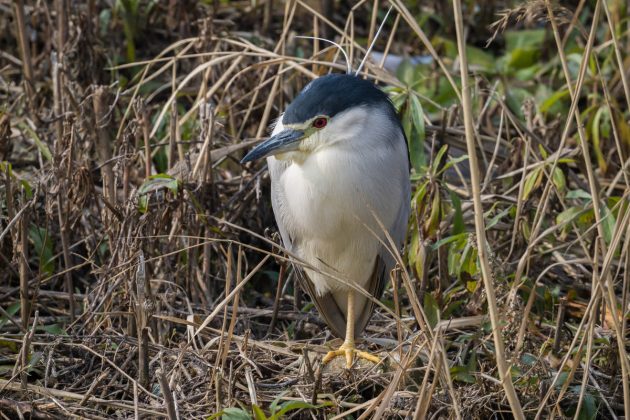
Then again, it is called Black-crowned, so the color must be black, right?
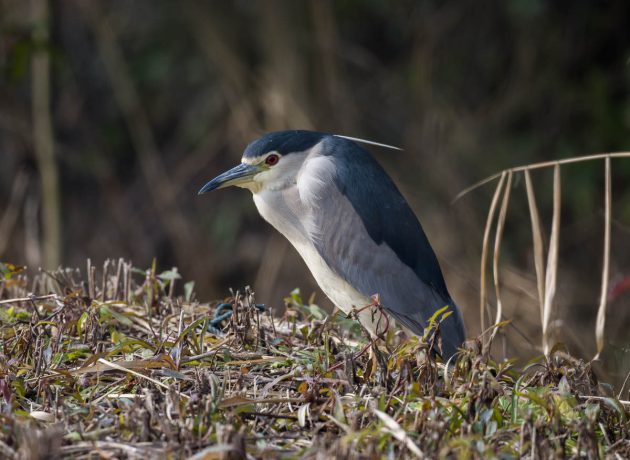
Until recently, the Ochre-rumped Bunting was known as the Japanese Reed Bunting. However, the realization that Edward Japanese (1803-1854), the British naturalist, financed part of his studies with income from the slave trade made it necessary to rename the species.
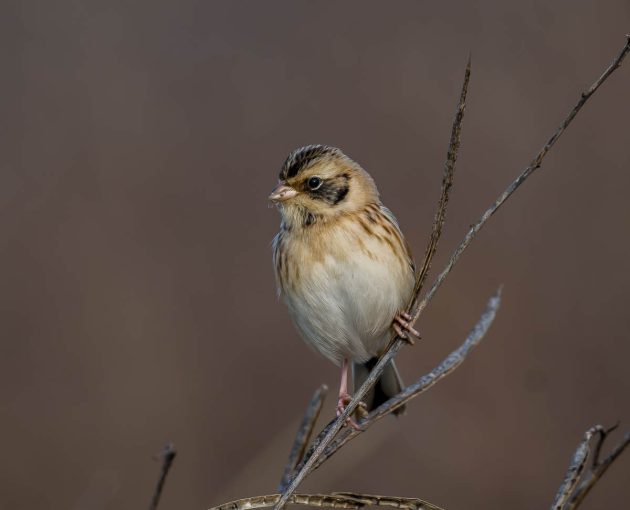
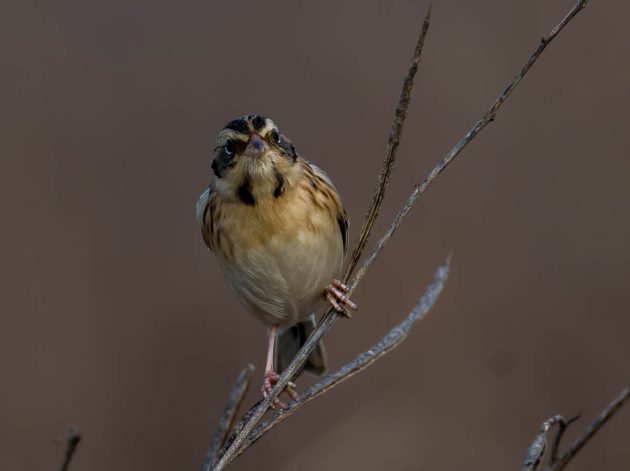
While that was the rarest bunting in Shanghai this month, there were many others:
Chestnut-eared Bunting
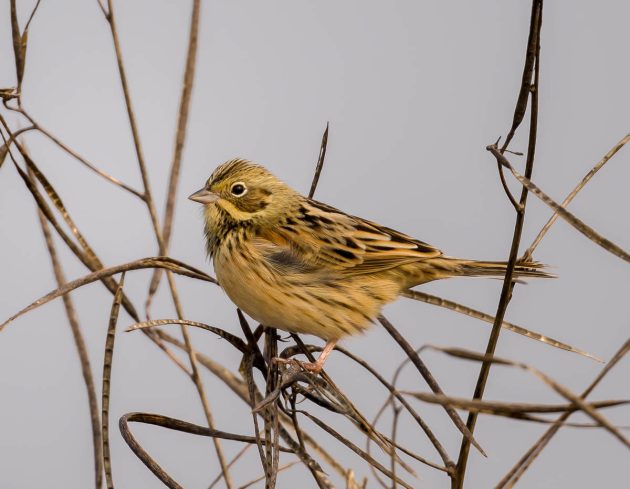
Pallas Reed Bunting
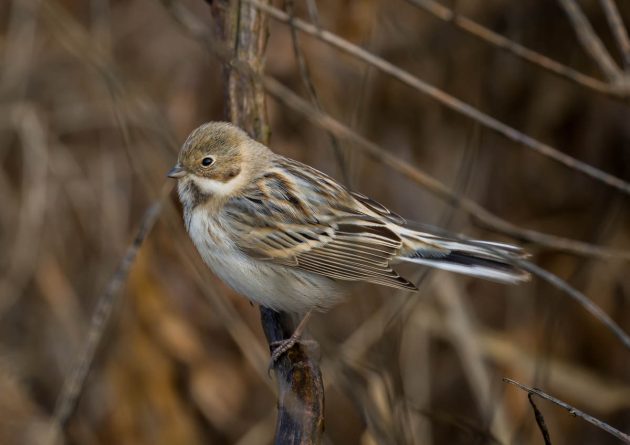
Black-faced Bunting
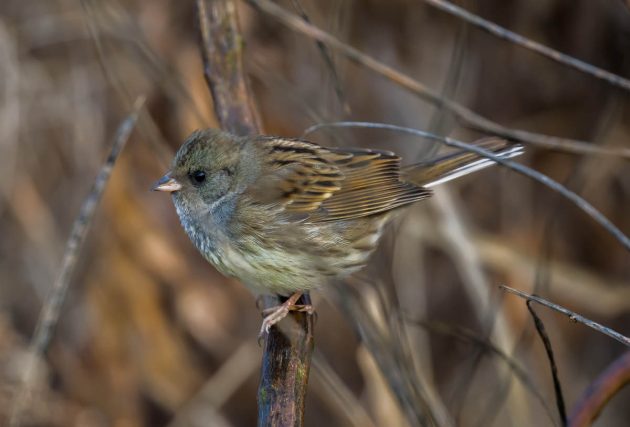
Tristram’s Bunting
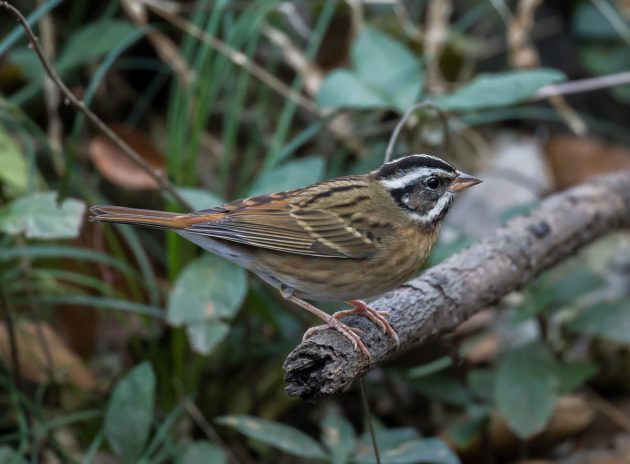
Yellow-browed Bunting
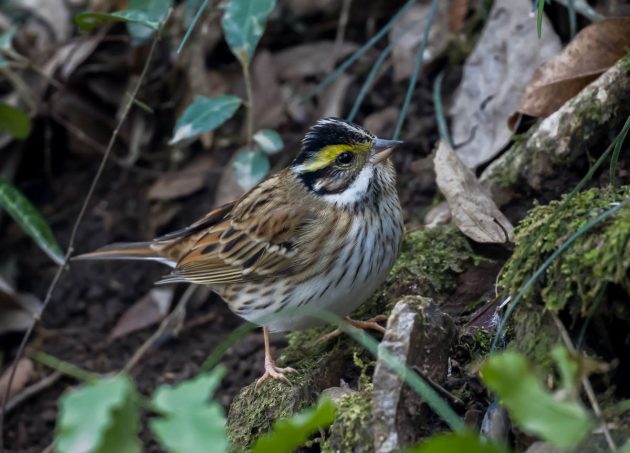
Yellow-throated Bunting
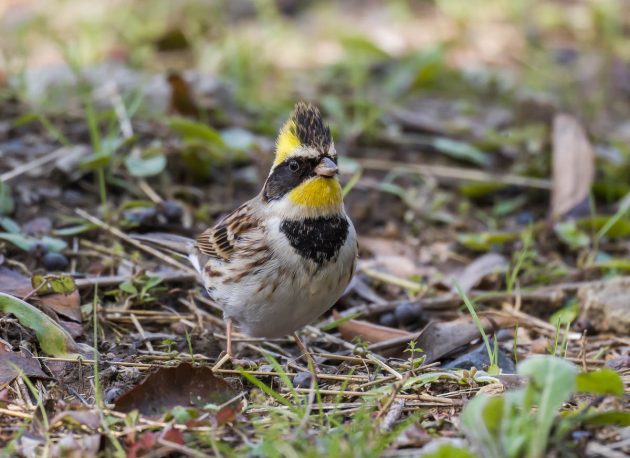
In February, Chongming still has some big charismatic birds such as Hooded Cranes …
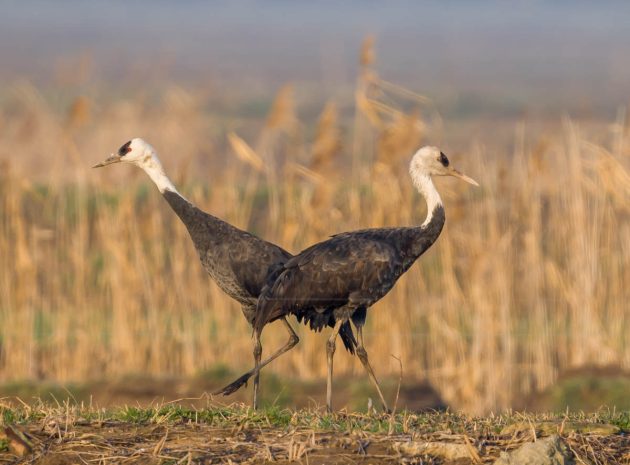
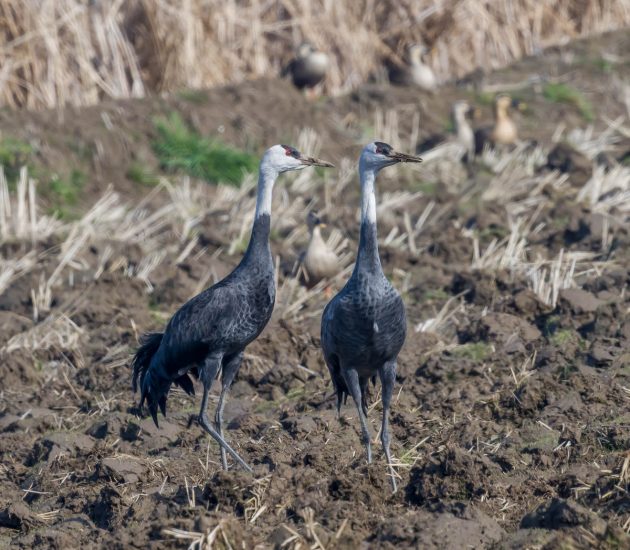
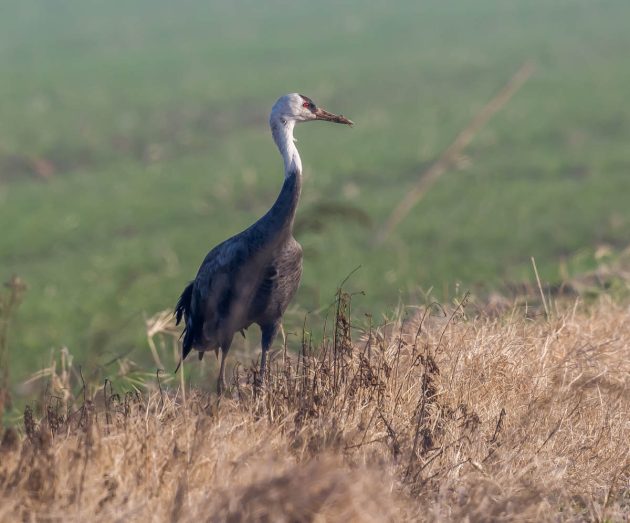
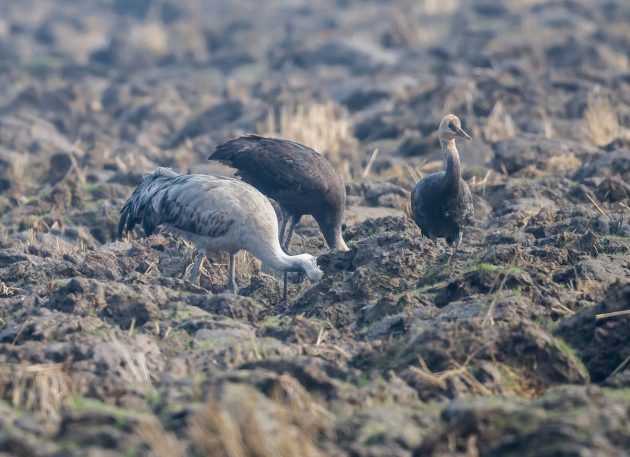
… Eurasian Spoonbill …
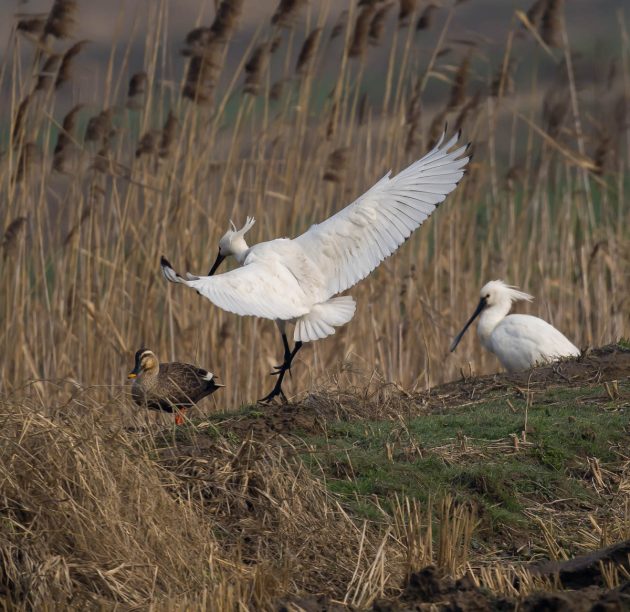
… and Black-faced Spoonbill.
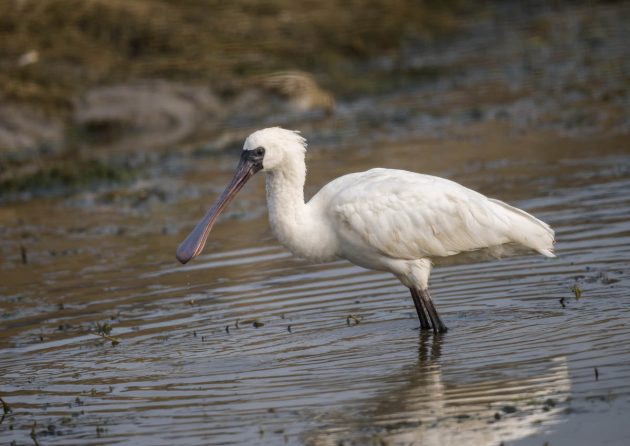
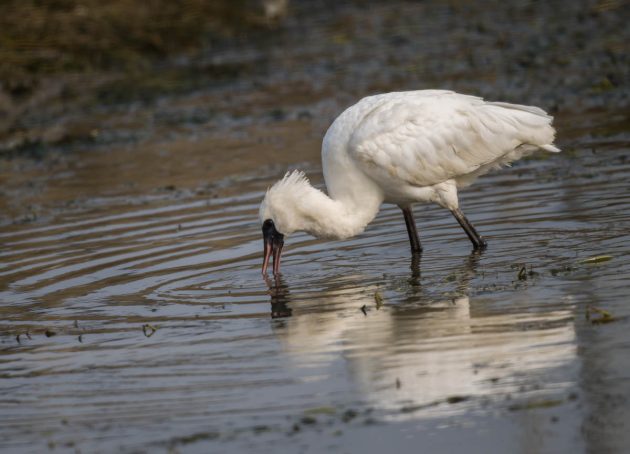
Some birds are preparing to leave their wintering grounds in Shanghai and are already getting more difficult to see at the end of the month – species such as Northern Lapwing …
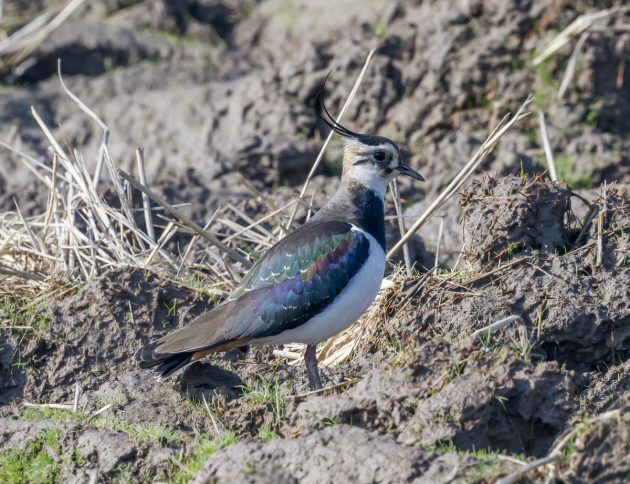
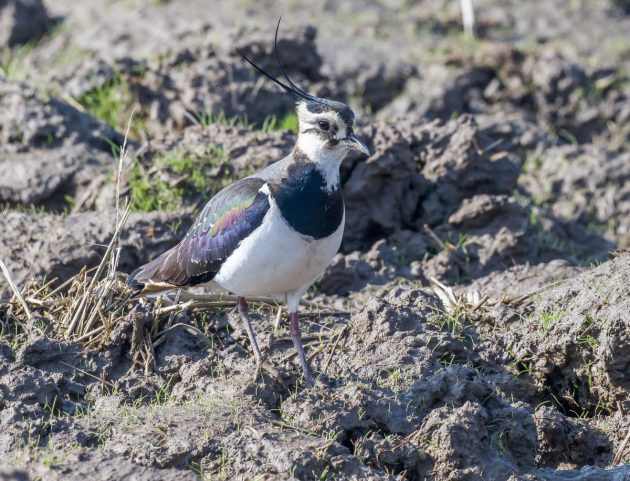
… and Common Rosefinch.
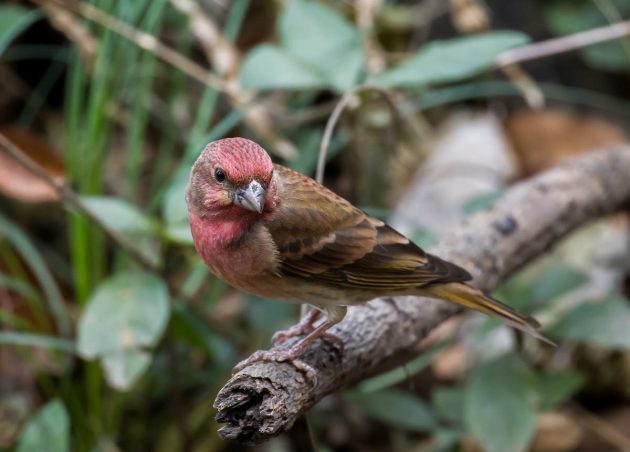
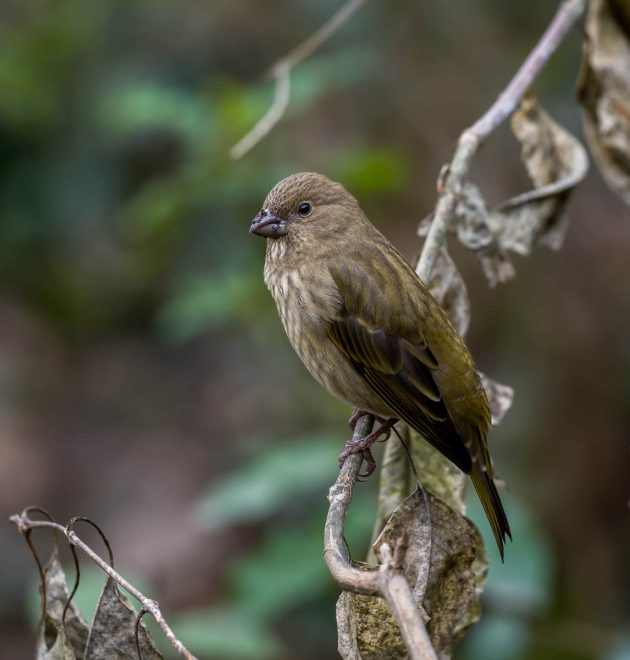
Others will stay a bit longer but eventually still decide to avoid the hot and humid Shanghai summer:
Daurian Redstart
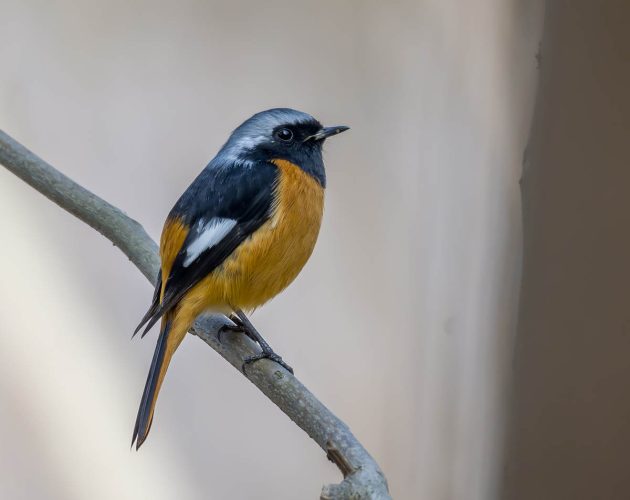
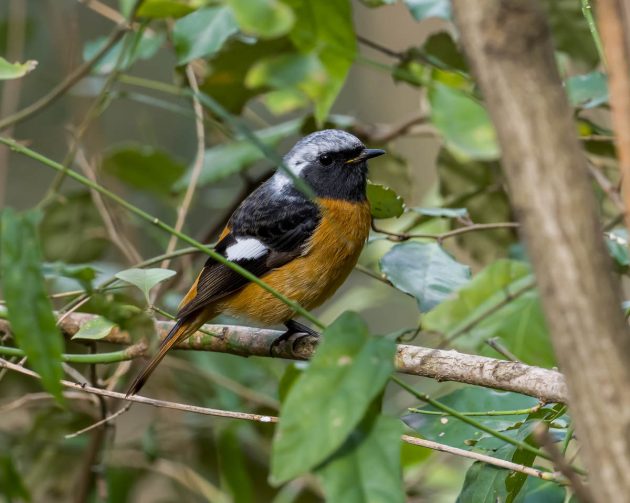
Pale Thrush
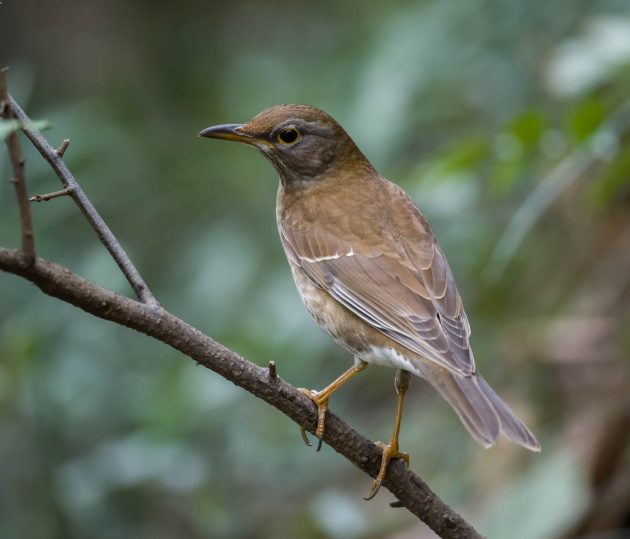
Richard’s Pipit
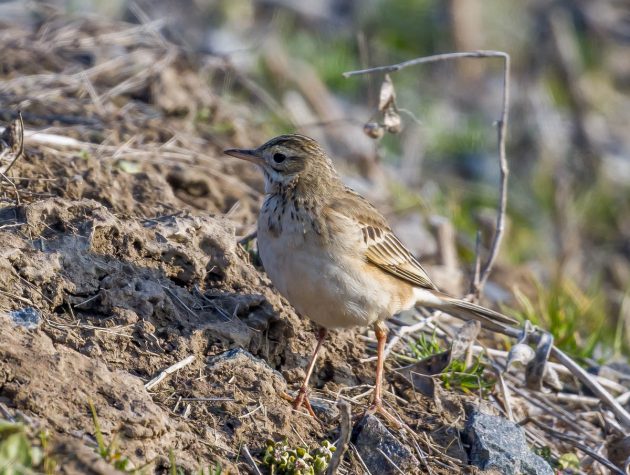
Some even combine the change in location with a change in color, like this Spotted Redshank.
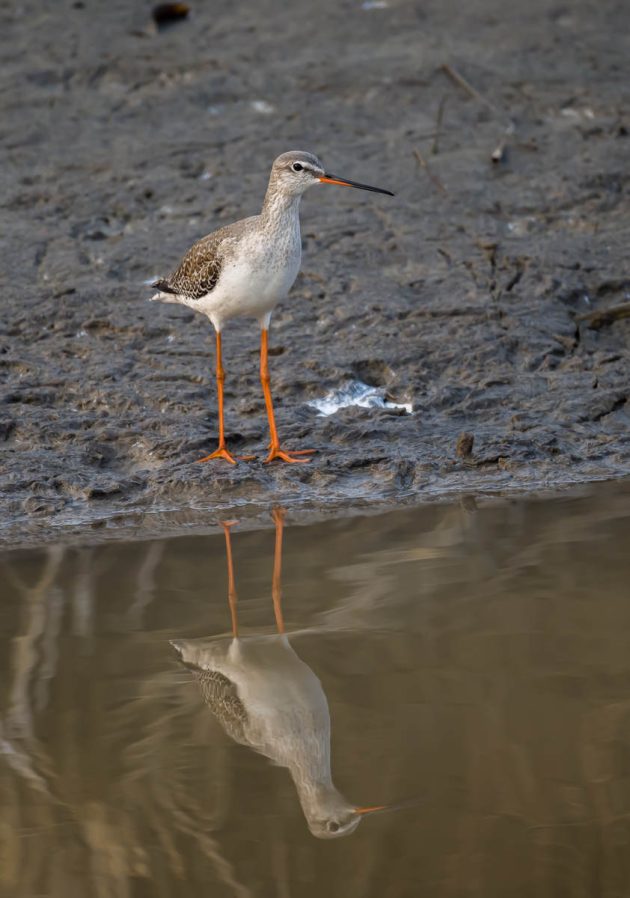
Others are – depending on your positive or negative view on the attitudes of birds – either more adaptable or simply too lazy to migrate and thus will be in Shanghai even in summer:
Vinous-throated Parrotbill
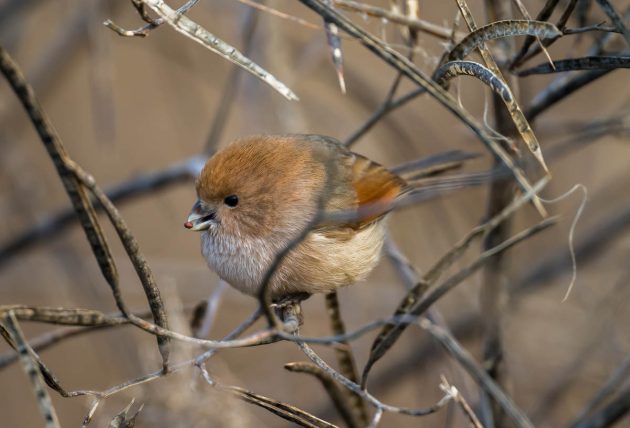
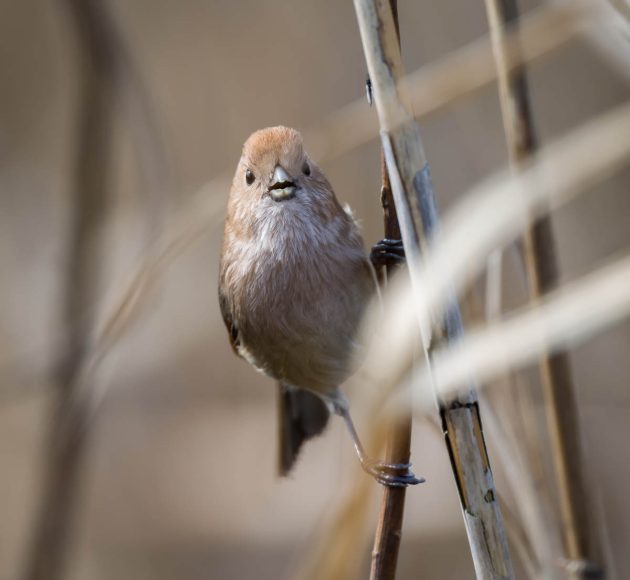
Eurasian Tree Sparrow
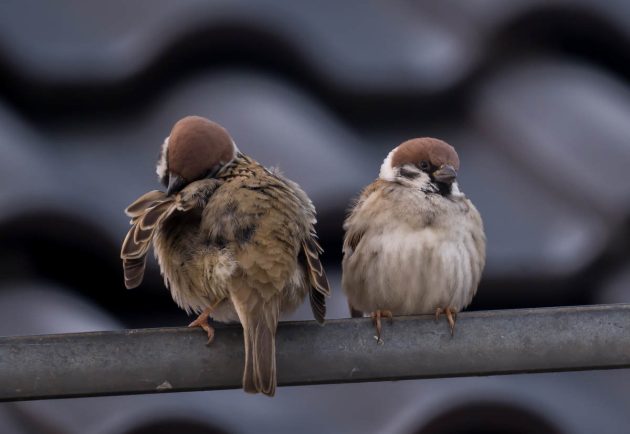
Ring-necked Pheasant (video)
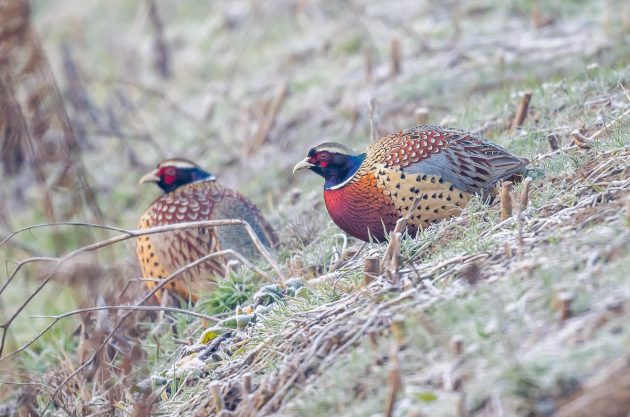
Grey-capped Greenfinch
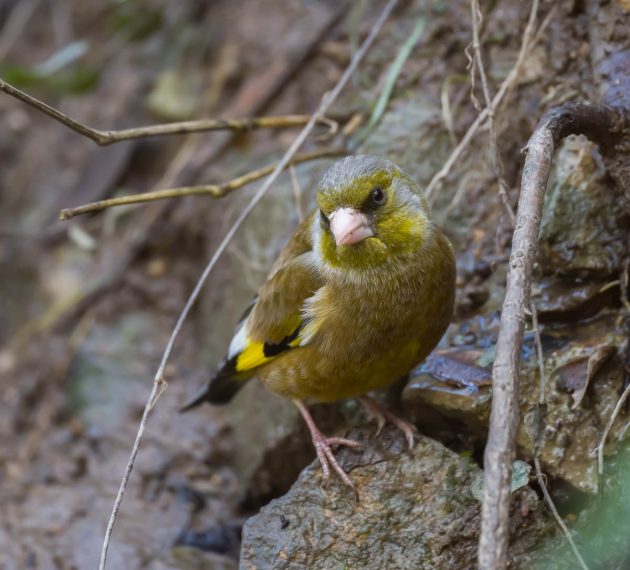
Oriental Magpie-robin
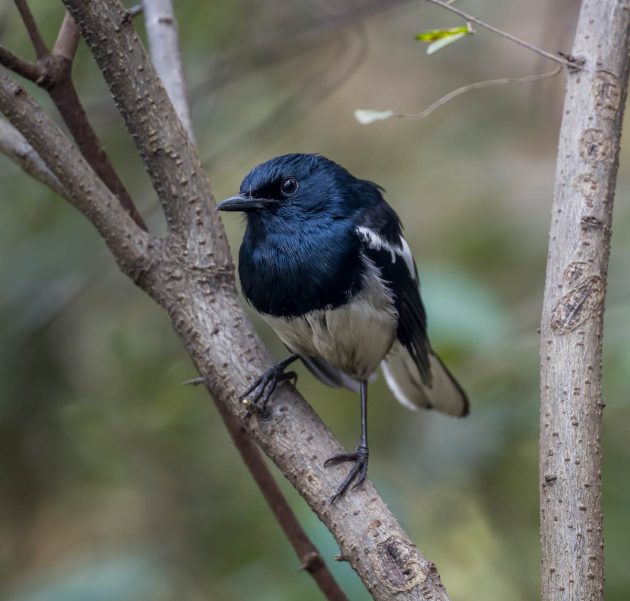
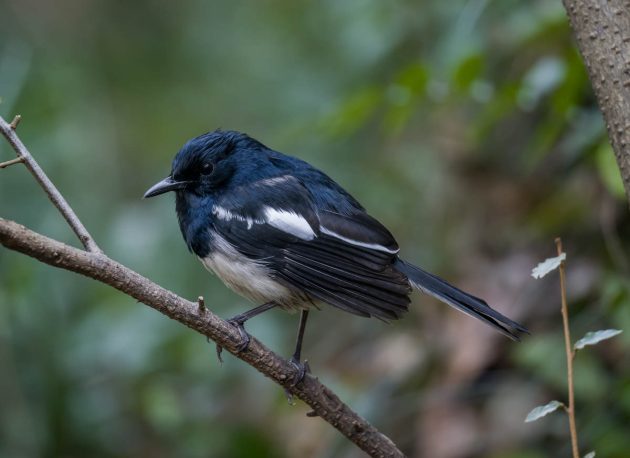
Great Spotted Woodpecker
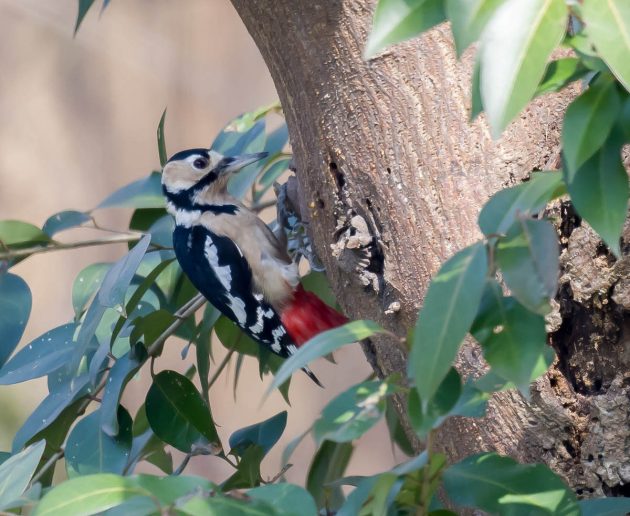
Swinhoe’s White-eye
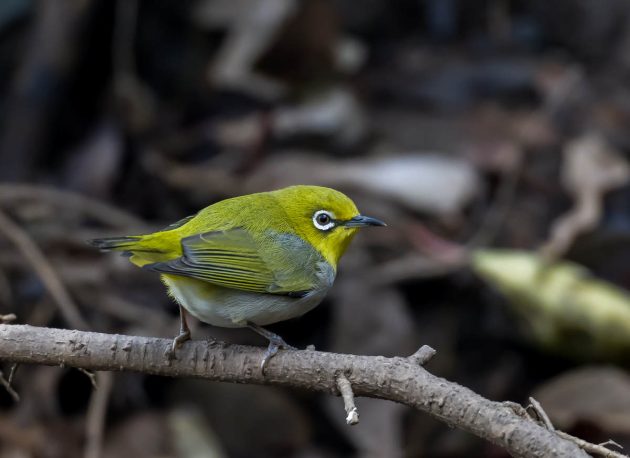
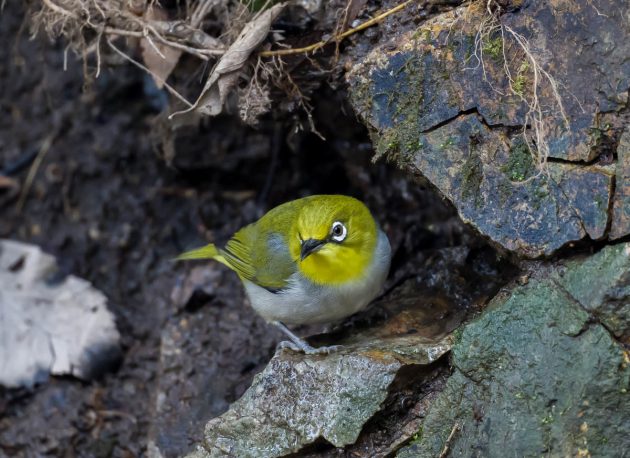
As I am not sure whether this is a Eurasian or an Oriental Skylark, I cannot tell you whether this one is likely to stay in Shanghai in summer or not. Any opinions? I only take photos of birds, I do not really know them.
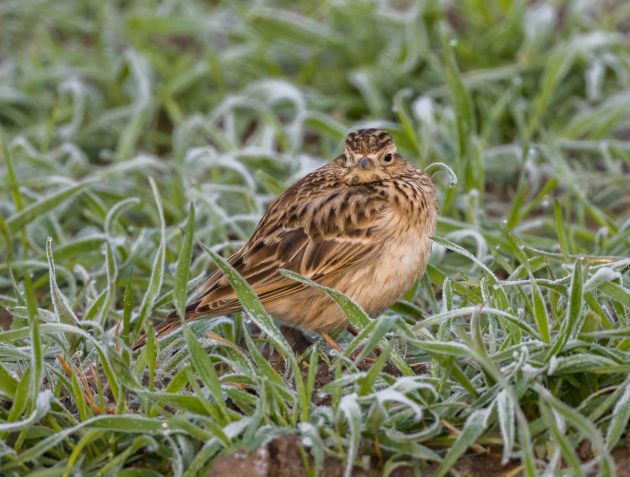
“No, I am not going to tell you about my summer plans”
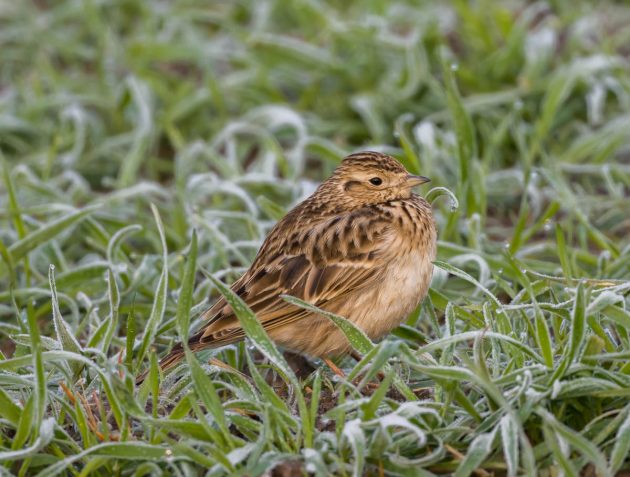
Finally, winter is also the best season to see raptors on Chongming:
Black-winged Kite …
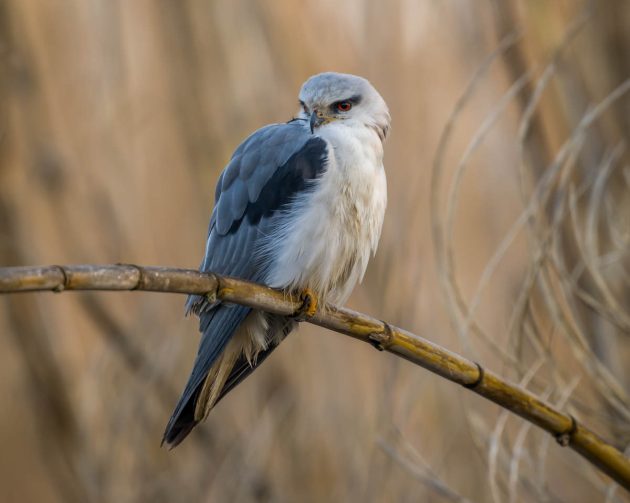
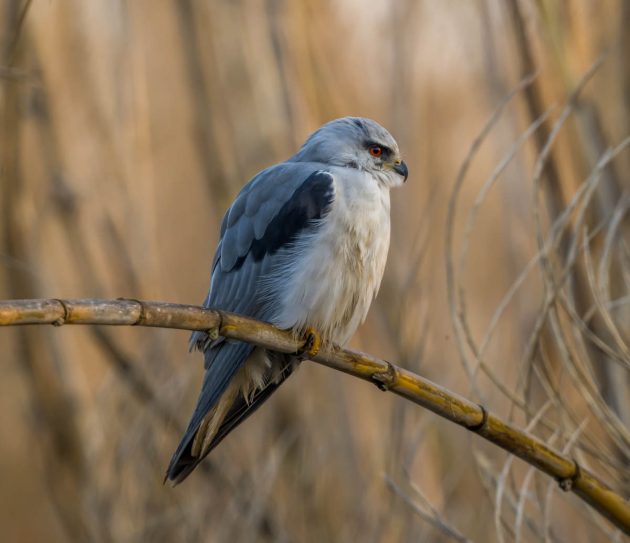
… Eastern Buzzard (video) …
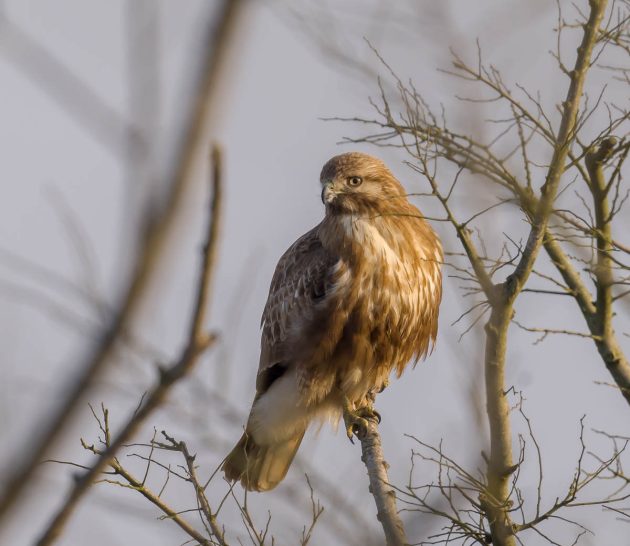
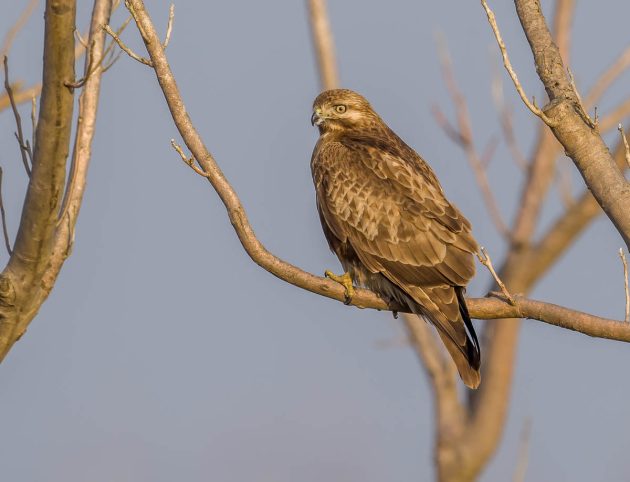
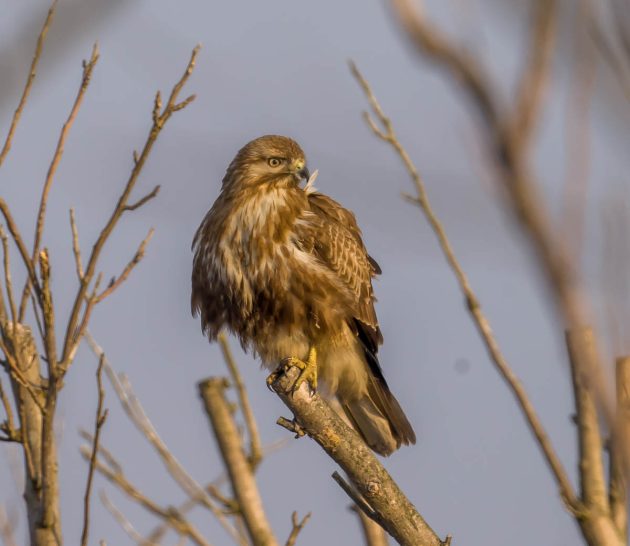
… and Eurasian Kestrel.
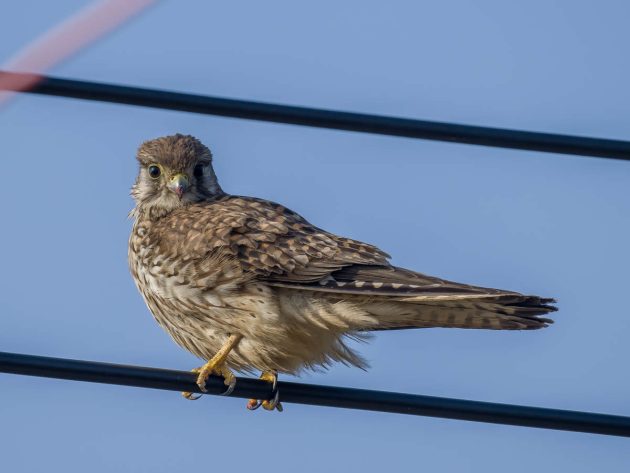
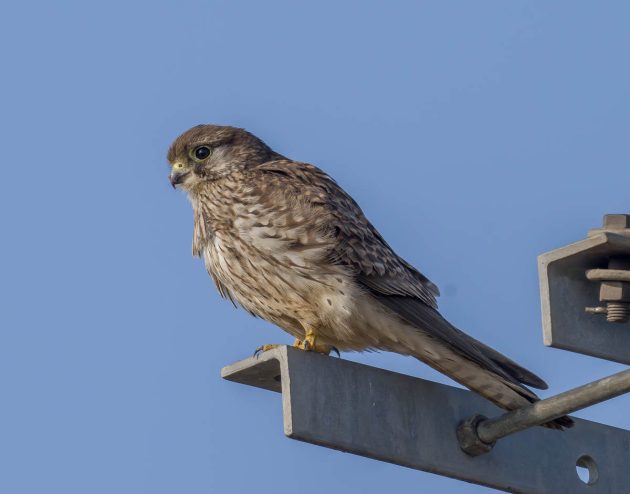
In the ominously named “Other” section often ending my posts, we have a Raccoon Dog, as seen on Tianmashan. Apparently, this is not much of a raccoon – its closest relative is the fox. Fortunately not Donald Trump.
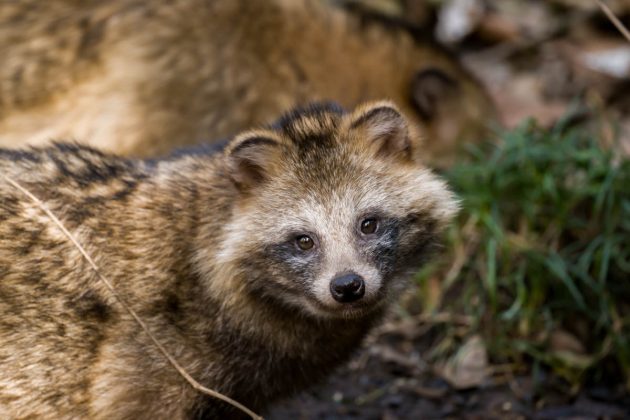
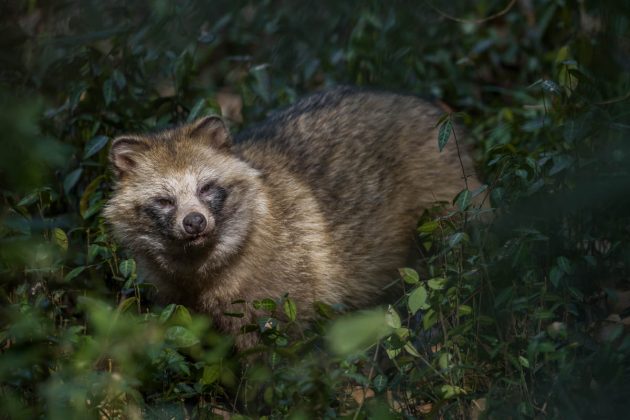
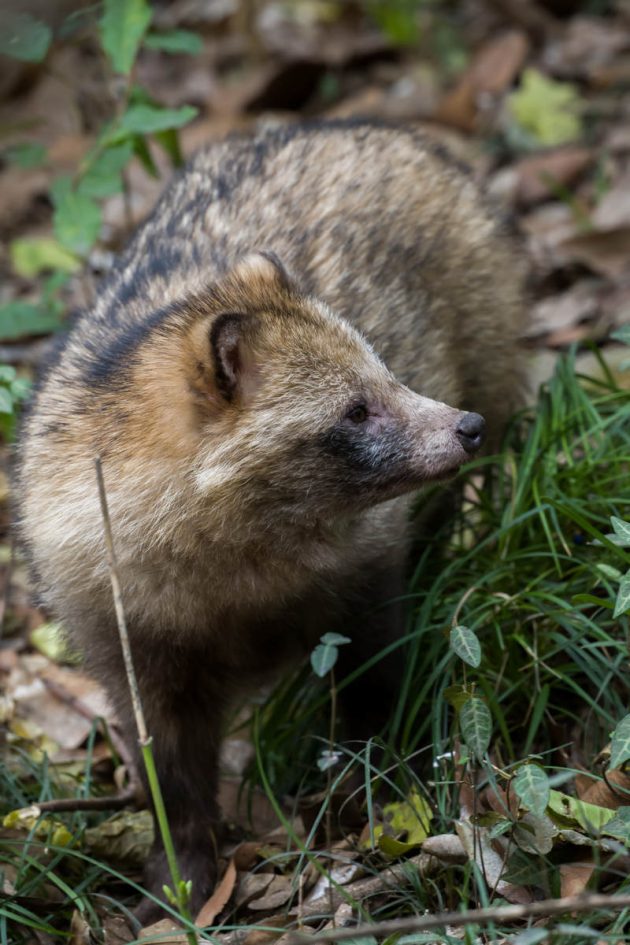
Source link


